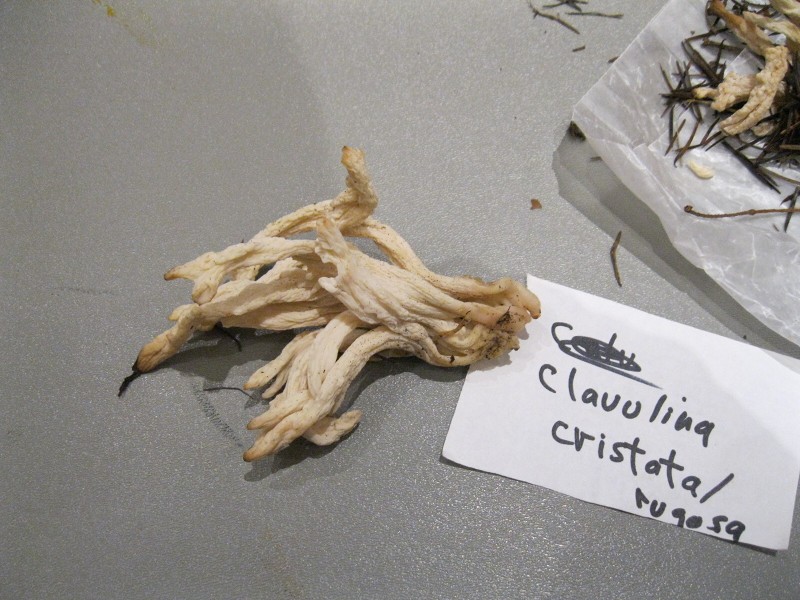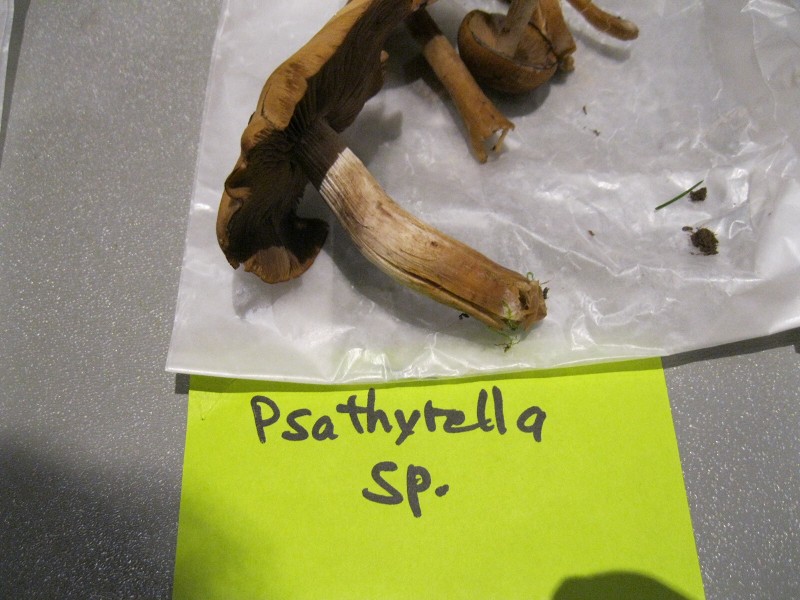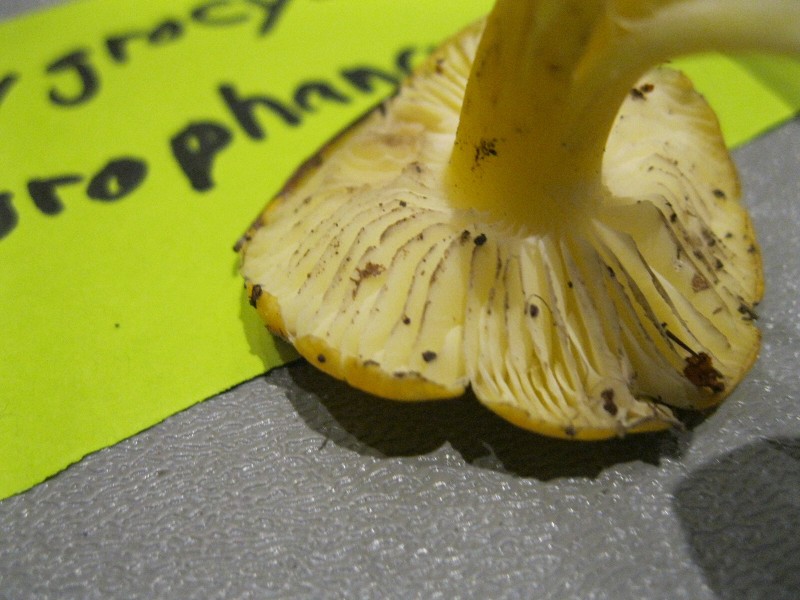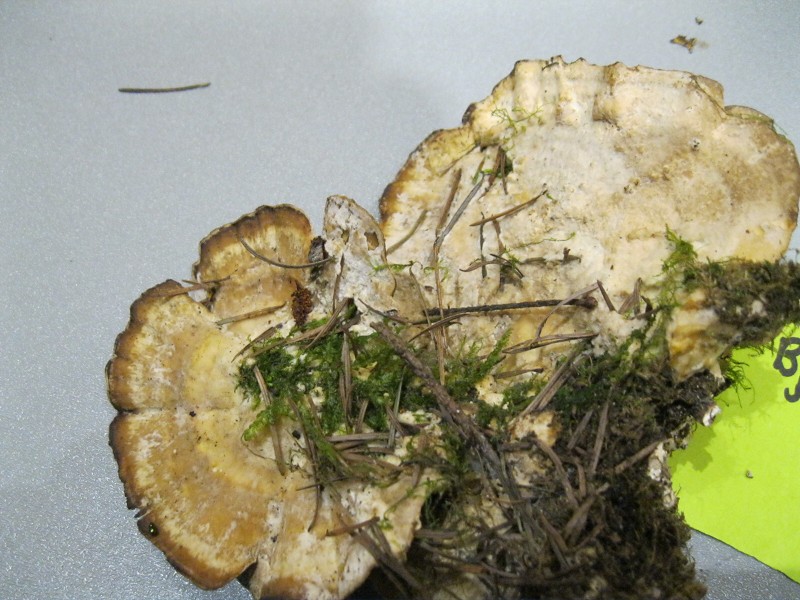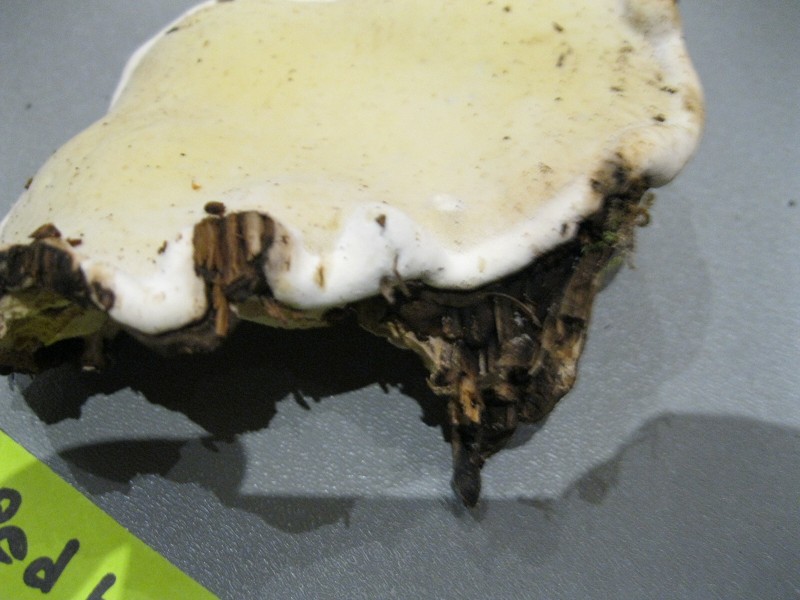Some of the mushrooms identified at the 02/25/13 OMS meeting
Click on a small image below to see larger images and more information
Clavulina cristata rugosa
Also known as white coral fungus or
the crested coral fungus
or Clavulina coralloides
From MushroomExpert.com: " this distinctive coral mushroom can be recognized in the field
by its white colors
and "cristate" branch tips, which are flattened and feature several tiny points.
Click on an image to see more information about that mushroom
Psathyrella sp?
From Wkipedia: Psathyrella is a large genus of about 400 fungi,and is similar to the genera
Coprinellus, Coprinopsis, Coprinus and Panaeolus.
But the caps do not self digest as do those of Coprinellus and Coprinopsis.
Click on an image to see more information about that mushroom
test
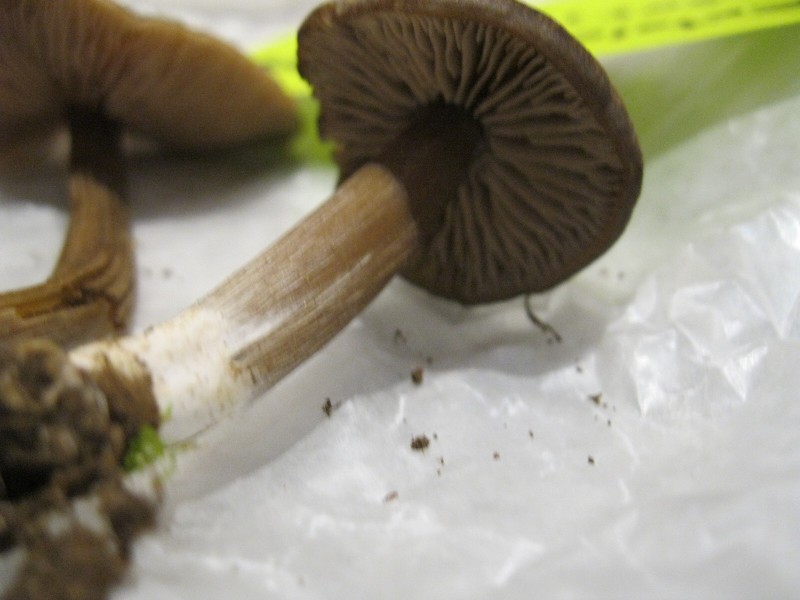
Entaloma/Nolanea Sericea
also called Silky Pinkgill
Mushroom has distinct or odd smell (non mushroomy)
Gills dirty white then muddy pink.
spore colour: Pink
habitat: Found in fields, lawns or on roadsides
Click on an image to see more information about that mushroom
Hygrocybe chlorophana
also called golden waxcap
Note: Wikipedia.com says:
"H. chlorophana is of conservation concern, appearing on national red lists of threatened fungi.
Click on an image to see more information about that mushroom
Pseudohydnum gelatinosum
also called toothed jelly fungus,
false hedgehog mushroom,
and white jelly mushroom
Wikipedia says: Pseudohydnum gelatinosum is an edible mushroom,
which is common from Alaska to northern California.
Although bland, it can be candied or marinated
Bjerkandera
also called Smoky Bracket
The remarkable oxidation potential of the secreted peroxidases
of this fungus has attracted considerable attention.
B. adusta has shown considerable promise in the degradation of a
wide range of environmental pollutants.
<
Click on an image to see more information about that mushroom
Fomstopsis pinicola
also called
Red Belt Conk
Distinguishing features for Fomitopsis pinicola include its tough, woody consistency.
It is a perennial, and it develops a new tube layer every year. (you can count them)
Click on an image to see more information about that mushroom
Phaeolus schweinitzii
also called
Dyer's polypore
The dyer's polypore is an excellent natural source of green, yellow, gold,
or brown dye, depending on the material dyed and the mordant used.
Mycena
Mycena is a large genus of small mushrooms.
Some are edible, some contain toxins, over 33 species are bioluminescent
Do offer some comments:
Message will be posted on the "What is This Mushroom" Google Circle
Type your message in the box below and include your name
